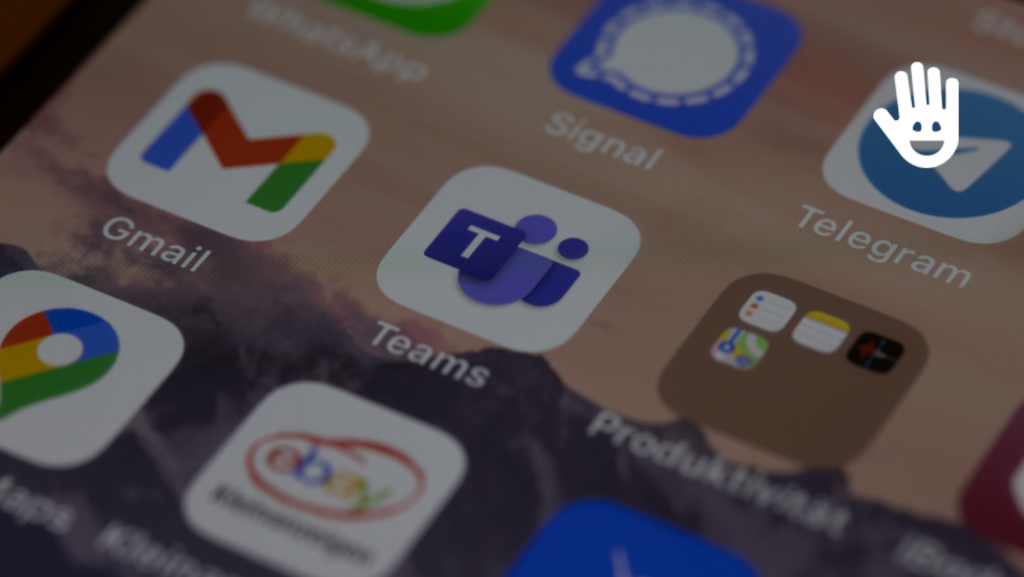How to identify the core strengths of your team members?
2022-11-18
“What are your strengths?” is part of the most common interview questions. Find what is important to know about teams' core strengths
There is a reason that “what are your core strengths and weaknesses?” is part of the most common interview questions. Employers, leaders, and companies jump into this question when they intend to recruit people. They do this as they want to create a system based on their strongest intellectual assets. Of course, most of the time asking someone about their weaknesses from the very beginning can be slightly tricky. Sometimes, if you’re humble enough to express your weaknesses, it may be understood that you are just a normal person. You are admitting your flaws and adding up empathy.
However, most times employers understand this humbleness as a sign of weakness, too. So all in all, we can at least conclude that this perception is subjective.
But going out of the recruiting process... Once you have a well-committed team with a diverse set of skills, how do you make use of this diversity? How do you identify their core strengths and help them become the best version of themselves? And how do you do this while still delivering great results at work?
1. Understand the importance of knowing your employees
When we say know your team members, we don’t mean know their names and facial features. Although, to be honest, yes, it’s good if you’re able to keep their names in mind. But more than that, you have to understand that as a leader, it is very important to know how to make your employees comfortable enough to express their areas of weaknesses and core strengths and to find strategies that can improve their performance.
Findings from research conducted by the Gallup Organization showed that building on employee strengths is much more effective in raising their performance than trying to improve their weaknesses. This research also found that employees become 7.8 percent more productive when they become aware of their core strengths.
2. Communicate and delegate
The way you decide to understand what goes on through your employees' brains is key to really managing to filter concrete results. Certainly, if you choose to have an individual formal conversation about areas where they could improve, you will intimidate your team members as they will think they are being evaluated.
Do not, and we highlight, DO NOT wait for an evaluation to talk about what they’ve done wrong or right. Instead, do it during lunch while you’re talking about kids, family and the weather. Try to organize retreats, cultural events, or celebrations when you can convert awkward conversations into well-managed and well-intended ones. Or add gaming nights to the schedule, as many companies are achieving greater results by inducing teamwork through games. They call it “gamification”. Through informal ways of inducing critical thinking, problem-solving opportunities and chances to prove one’s skills, you can easily understand where your employees lie strongly on foundation.
Whether that or adding yourself as an example. Delegating tasks not only shows that you consider your employees trustworthy and competent enough, but you set a practice of sharing and collaborating. Sometimes it doesn’t even matter if they finish their delegated tasks right or wrong. You will furthermore be notified on areas where they must still work and how you can motivate and invest in them.
3. Make sure to offer core strengths training
The way you choose your employee training and development program can prove to be key to productivity. So make sure to offer the right one. But what one might also consider, is choosing a program that adapts to the needs and set of skills of your team members. A fish can not climb a tree, and that is why you can not mingle with everyone in the same training room. There can be fundamental skills you might want to try and teach all of your team members. However, keep in mind that narrowing down to their areas of expertise can prove more effective. You can leave this up to your HR team, or you can seek exterior training.
4. Appreciation and feedback
There is a reason why we highlighted the importance of not waiting for the annual evaluation time to give feedback. Why wait a year for them to show productivity when you can do that by giving them continuous feedback? Letting them know constantly that you appreciate their commitment and the way they managed to perform a specific harder task, will set their positive mindset and their flow of positivity will reach to even more, greater results.
Continuous feedback will help you build better relationships within your company, and will create a culture of communication. Otherwise, when things are left unsaid and accumulated, expectations for improvement are very little.
Valmira Rashiti wrote this article. She is a practical mystic, bookworm and very much fond of words, whether written or spoken. She currently writes for Kiwi, a restaurant LMS that aims to help owners train their staff in an easier way. In addition, they offer online training courses for different restaurant services.
See More Posts
Platform
Features
Platform
Features
Tap My Back @2024. All rights reserved.




